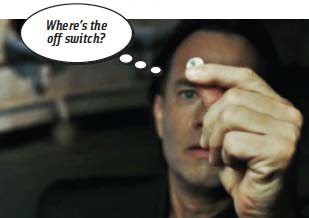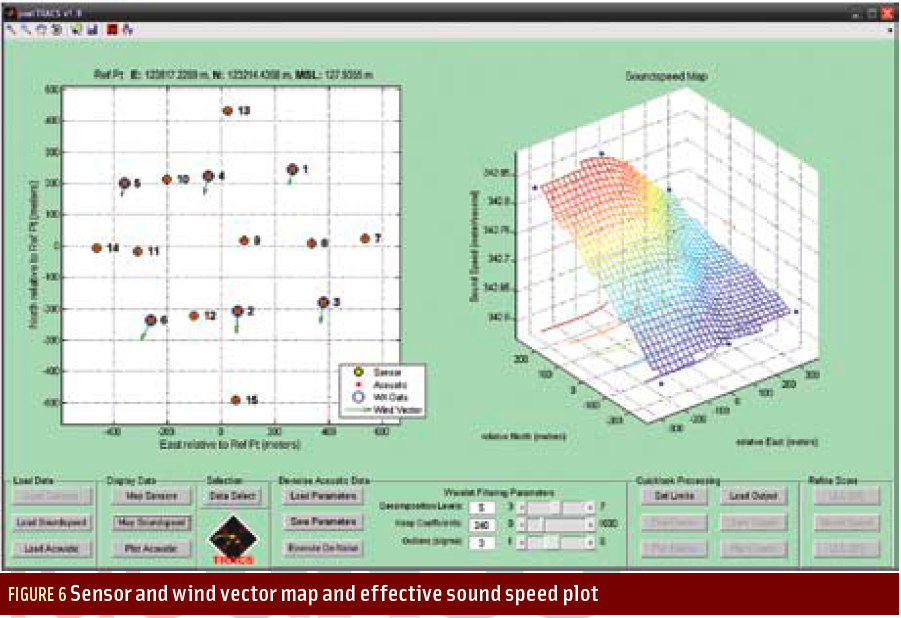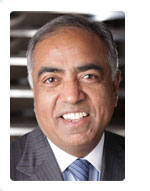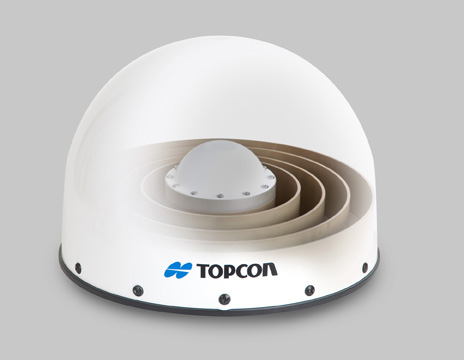NAV12 and the Royal Institute of Navigation Request Your Papers, Please
 The University Park Hotel under construction next to the East Midlands Conference Centre
The University Park Hotel under construction next to the East Midlands Conference CentreThe British Royal Institute of Navigation has given prospective authors a May 4 deadline for abstracts for its annual conference, NAV12. The theme this year is "GNSS and Beyond."
Authors have a broad choice of navigation and technology topics from GNSS, eLoran and integrated systems technology to satellite navigation vulnerabilities to jamming and space weather to low-cost consumer apps design.
By Inside GNSS



























